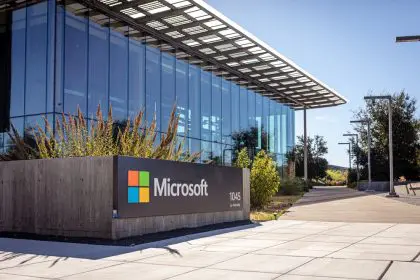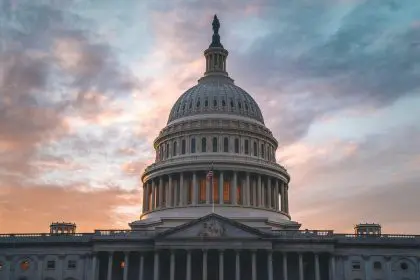Teachers seek resources to address environmental challenges in city classrooms

Educational gap
The state of climate education in urban schools shows a significant disconnect between the reality of environmental challenges and classroom instruction. While students in cities like Brooklyn witness the impacts of climate change through heat waves, smog, and degraded local ecosystems, many schools still fail to provide comprehensive climate science education. This gap underscores a need for change that would empower students to better understand and respond to the environmental challenges they encounter firsthand.
Urban experience
Urban environments are unique in their potential for climate education, offering real-world examples that can enhance students’ learning experiences. From experiencing the intensity of heat islands and observing litter-strewn water bodies to witnessing the effects of poor air quality, city students face constant reminders of climate change. Yet, without structured lessons connecting these everyday encounters to global environmental patterns, the learning opportunities these experiences present often go unutilized. Educators face a challenge in translating these observations into comprehensive environmental lessons that prepare students for active participation in climate solutions.
Teacher preparedness
The Columbia Climate School’s State of the Planet report indicates that urban teachers often face hurdles in providing effective climate education due to insufficient support. While many educators are interested in teaching climate science and understand its importance, the majority report a lack of essential resources and ongoing professional development. This gap is most pronounced in urban districts where the demand for informed environmental instruction is high. Teachers working in these schools require tailored training and access to materials that will enable them to bridge the divide between students’ lived experiences and the academic content they need to engage with.
Health implications
Urban communities face heightened climate-related health challenges that make climate education all the more relevant. Air pollution, extreme heat, and other environmental stressors contribute to higher rates of respiratory problems and heat-related illnesses. This reality underscores the importance of integrating climate education into urban curricula, giving students the knowledge to understand these health risks and the urgency behind policy changes and personal actions that can improve their environments. Addressing these health concerns requires equipping students with the tools to connect health, climate science, and social responsibility.
Educational solutions
Enhancing climate literacy requires a comprehensive, multidisciplinary approach that integrates environmental science into core subjects like science, geography, and even social studies. Effective programs should blend factual knowledge with hands-on learning experiences that tie classroom lessons to students’ local environments. For instance, field visits to local parks, urban farms, and community centers that focus on sustainability can turn theoretical knowledge into practical understanding. Such an approach can help students develop into informed advocates who understand both local and global implications of climate change and are capable of taking action within their communities.
Information quality
The importance of accurate, evidence-based information cannot be overstated in climate education. A well-informed student body needs the skills to differentiate between scientific facts and misinformation, which is particularly critical in urban settings where environmental justice issues often intersect with broader climate challenges. Teachers must focus on building students’ critical thinking abilities, enabling them to question and analyze claims, whether from the media, their peers, or even their own observations. High-quality resources that present data objectively and transparently can empower students to make informed decisions and engage more deeply with climate issues.
Community impact
True progress in climate education extends beyond the classroom and into the heart of urban communities. When schools encourage participation in local environmental initiatives, students can see firsthand the impact of collaborative action. Community partnerships—such as those with local environmental groups or city-based sustainability projects—can offer students valuable opportunities to apply what they’ve learned and work towards tangible solutions. This hands-on involvement helps build a stronger, more resilient community and fosters the development of civic-minded, environmentally aware individuals.
Future directions
Creating sustainable change in urban schools requires a long-term, dedicated effort. Schools must develop and implement programs that encompass scientific principles and social implications, particularly with an emphasis on urban environmental justice. The future of climate education should be designed not only to inform but to empower students, helping them feel that they can contribute to positive change. Teachers need tools, resources, and training to guide students effectively, ensuring that lessons are relevant and impactful. For cities experiencing climate impacts firsthand, a curriculum that equips students with the knowledge, skills, and agency needed to confront these challenges becomes not just beneficial but necessary.
















